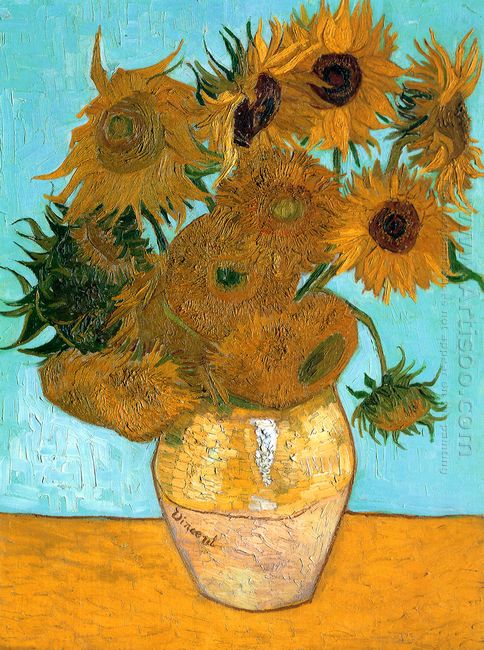Introduction to The Source
The Source was a canvas painting made by the famous neoclassical French painter Jean Auguste Dominique Ingres in 1856. It measured 163 x 80cm (some say 164 x 82 cm), and was preserved in Orsay Le Louvre Museum, which was one of the excellent works describing female human bodies. The Source was probably brewed during Ingres's stay in Florence, but it had not been finalized. The original The Source conceived in the hearts of Ingres followed the wishes of Italian masters in drawing Venus. As early as 1807, he drew some sketches and then did not meet the Venus style painted by the predecessors and tried to make the image more simplistic. 26 years later, when he was 76 years old he finished the painting. It was said that there was an assistant helping him draw. Some people thought that the painting was originally made by two of his students Paul Balzer and Alexander Degefu.
In his whole life, Ingres made great efforts on the nude sketch. And only facing the naked models, his realistic perspicacity could appear. The Source (1856) was one of Ingres's most famous paintings. In order to create this work, Ingres was brewing it for 36 years. A naked girl image holding tank water showed painter's life-long pursuit of classical beauty. The attractive part of this work also lied in its great originality for the performance of the girl's purity and the creation of a quiet and lyrical mood on the screen.
In fact, the posture of girl's upper limb was not consistent with the dynamic regularity of human body. In order to make the girl's dynamic look more beautiful, Ingres made up an impossible action for her. This work was very magical for the water performance. The spring pouring out of the bottle was the most dynamic factor of this quiet painting. But after the clever treatment of the painter, the plunging spring did not break the tranquility of this painting, but added a flowing rhythm.
Appreciation to The Source
This painting's beauty lied in the nature and innocence. The beauty and purity of western girls was taken in a glance. She gave the unlimited reverie and endless thinking. He said, "The standard beauty – this was the result of uninterrupted observation of the beautiful models." He also thought a painting's expressive force depended on the painter's rich sketch knowledge; aside from the absolute accuracy, there could be no vivid performance. Mastering the probable accuracy was tantamount to losing the accuracy. So, it was the same to create the fictional characters they did not feel and the feelings of hypocrisy. The last romantic painters of the classical paintings of the Renaissance absorbed the realistic skills of the senior masters and made their own sketch skills play to perfection in one's studies.
Here the difference was only, the nudes painted like Massa Zhuo, Michelangelo, Giorgio Nai and other masters embodied a kind of humanistic ideal. But the ideal placed by Ingres was the "eternal beauty" of the abstract concept. In fact, it depended on the pursuit of the beauty of women expressive lines, shape and color harmony. And this was extremely obvious in his depiction of Turkish maids. In his later years, Ingres painted The Source, which further reflected a new concept of beauty of the painter. It was also the necessity to create an abstract model of the classical beauty with the fine modeling methods. 76-year-old Ingres found the perfect combination of the long-term accumulation of his abstract out of classical beauty and the realistic girl's beauty in this work.
In this painting, he showed the universal praise and beautiful tranquility, lyrical and purity. After visiting The Source, one critic said, "This girl is the newborn baby of the painter's age art and her beauty is beyond all women. She concentrated their beauty in one and the image is more vivid and more ideal." Ingres often copied within the same theme or idea and sometimes he took years or even decades. In 1857, The Source was taken over by Demai Tell Earl, which became a private painting. According to the count's will, his family in 1878 denoted it to the state. And this painting finally became the treasure of the Louvre museum in Paris. .






